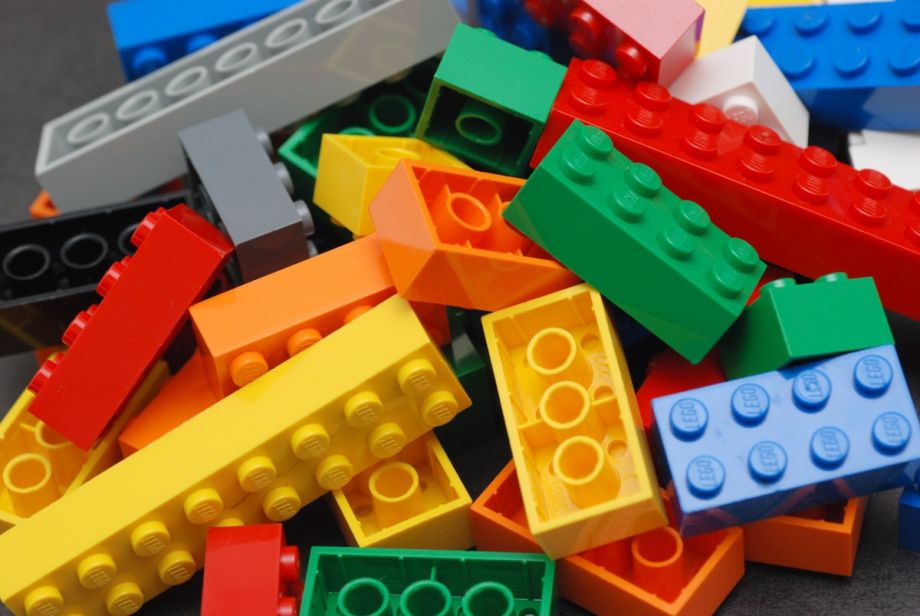Planning is assumed to be a sober and analytical exercise meant for serious people. But what if planning could be more fun and actually more positive and creative? Why can’t we change the tools of planning to make it so?
I have begun introducing “play” into public planning meetings as a way of engaging stakeholders into a creative process that sidesteps the usual negativity of planning meetings. The introduction of simple Lego blocks is a means to engage in a more creative and positive — even nostalgic, for the baby boomers who tend to populate public meetings — process. By allowing stakeholders to literally connect with their inner child, we are able to harness a more optimistic outlook, while gaining better insight into their preferences for land use, scale and density.
As the planning profession engages with ever more sophisticated digital tools to provide instant feedback and visualization, we have intentionally dumbed down the process by introducing a child’s toy that requires absolutely no technical gadgetry and meets an almost universal skill set in the general population. We can safely say that we engage 9-year-olds to 90-year-olds with this “technology.”
Unwittingly, Lego has also made it easy to use its simple brick module for this purpose. Each Lego brick is based on an 8 mm square surface module and a brick height of 9.6 mm. The classic brick of 2 × 4 modules works almost perfectly, because the brick width of 16 mm — given the typical planning scale of 1 inch:100 feet — equals almost exactly 60 feet, one of planning’s most perfect modules. Sixty feet happens to correspond to the universal width of one parking bay, the width of a residential double-loaded corridor building and a good depth for retail development. Offices can be built at three Lego modules (or, at one-and-a-half bricks, 90 feet) and laboratories to four Lego modules (or the width of two full bricks, 120 feet).
The brick height, about 30 feet at this scale, is also convenient, equaling either two stories of commercial or institutional building (at 15 feet per floor), or three floors of either residential or parking (at 10 feet floor-to-floor heights). The Lego brick works with nearly all typical building typologies that a planner will encounter.
Furthermore, by introducing basic land use colors that are generally understood or can be explained — for instance, yellow for housing, red for offices, green for parks and so on — meeting participants can create complex buildout scenarios with virtually no skills and immediately understand the results. A simple construction of bricks can inform planners and participants alike about density, land use, height and massing preferences, and everyone can immediately compare alternatives, side-by-side in real time.
Introducing simplicity and fun into the planning process, we can remove barriers to participation and allow creativity to transform the public discourse. The word Lego was taken from the Danish words “play well” — and I have found that adults play much more “well” if given the right toys.
Alan Mountjoy is a Boston-based urban designer and architect at NBBJ, named one of the world’s most innovative firms by Fast Company. He is a regular instructor at the Harvard Design School and teaches on design guidelines for urban design and planning, and riverfront development.











